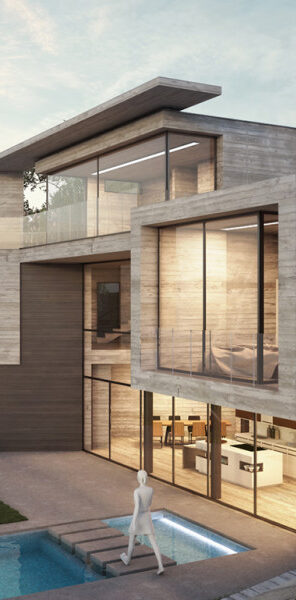New construction
New construction in architecture reflects the continuous evolution of construction techniques, materials and design approaches, adapting to contemporary needs of sustainability, energy efficiency and respect for the environment. This concept focuses not only on the creation of functional buildings, but also on their harmonization with the urban and natural context, promoting an architecture that is both innovative and respectful of the existing heritage.
A significant example in this field is the work of architect Manzetti, who has been able to integrate advanced technologies and sustainable design in his projects. Manzetti is known for his ability to combine modern aesthetics and functionality, creating buildings that respond to current needs without compromising the integrity of the surrounding landscape.
His projects often include the use of recycled materials and low-impact technologies, such as rainwater harvesting systems and integrated solar panels. Furthermore, Manzetti places great emphasis on the interaction between the building and its users, designing spaces that promote socialization and well-being.
His works represent a balance between innovation and tradition, demonstrating how new construction can contribute positively to sustainable urban development.
In short, new construction in architecture, exemplified by Manzetti's work, is a dynamic process that aims to create efficient, sustainable and harmonious living and urban spaces, responding to contemporary challenges through innovative design solutions that are sensitive to the environmental and social context.



